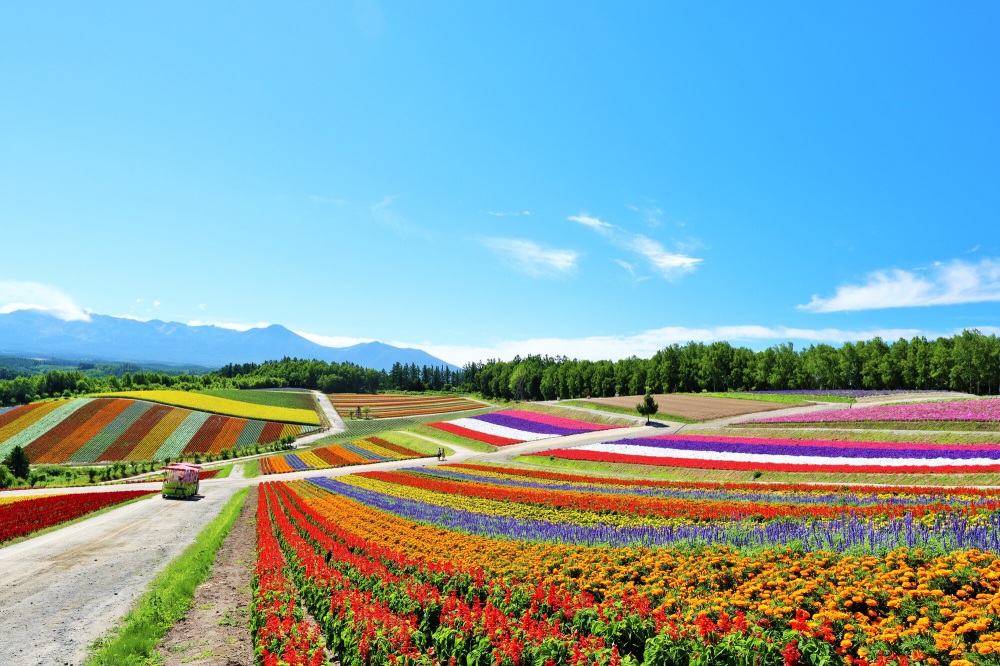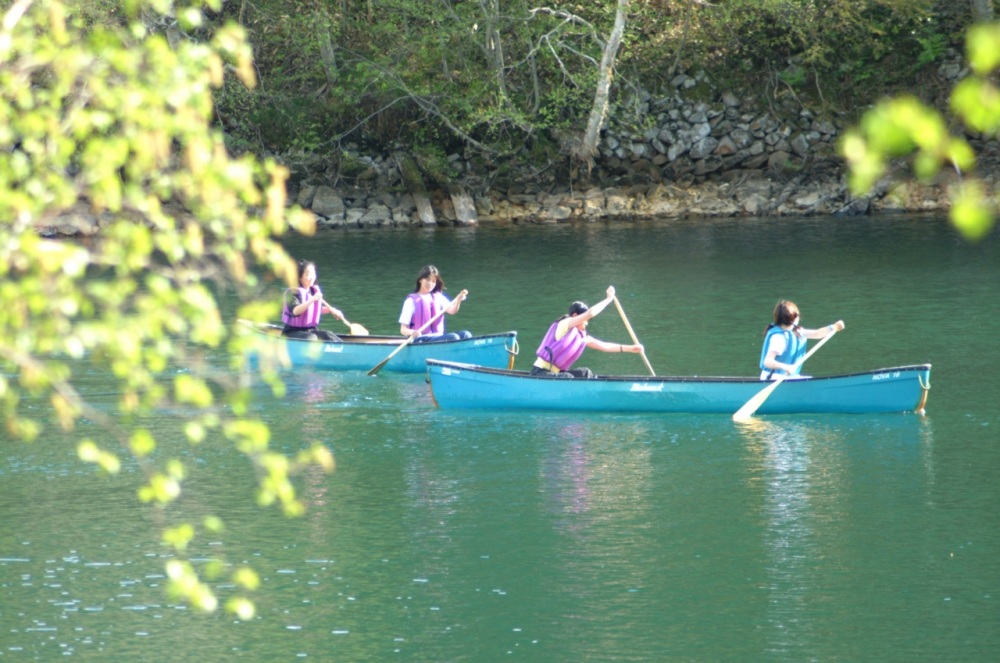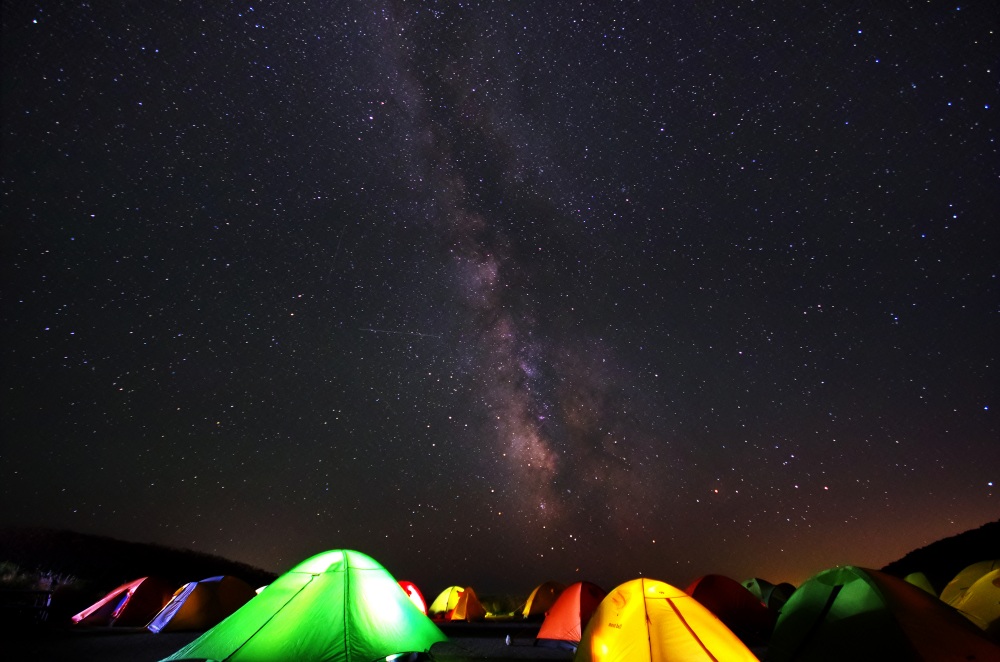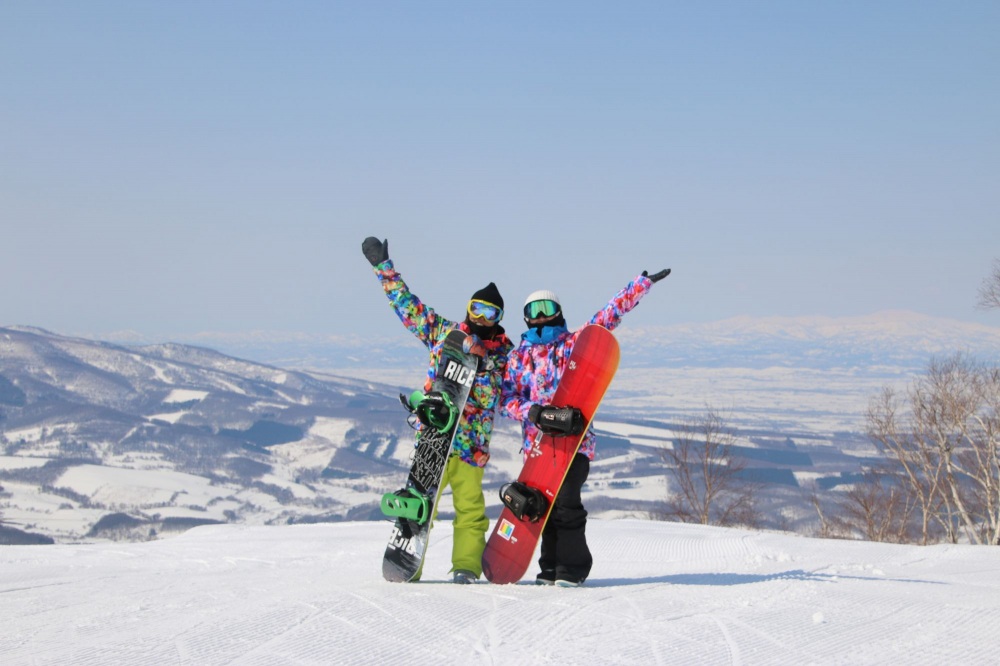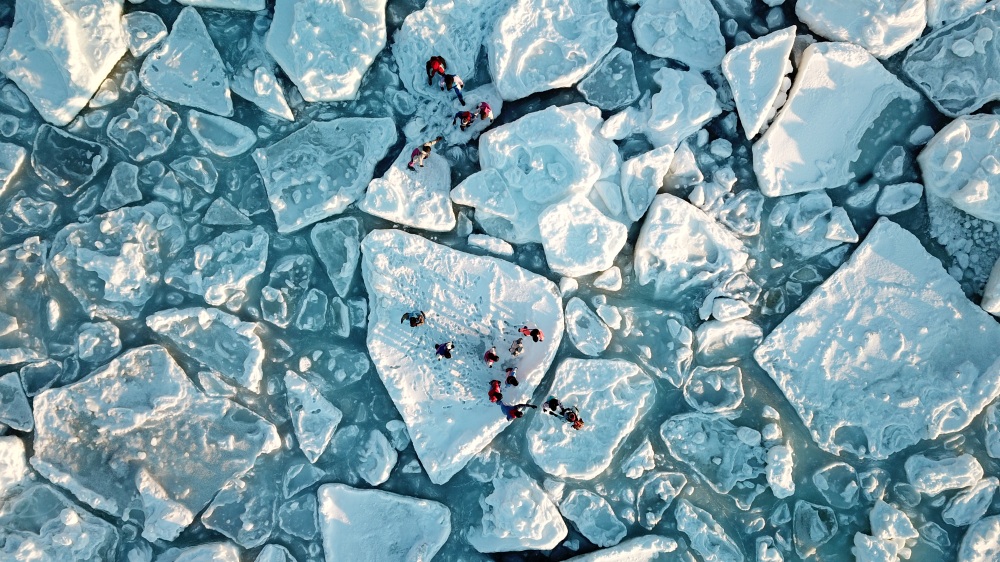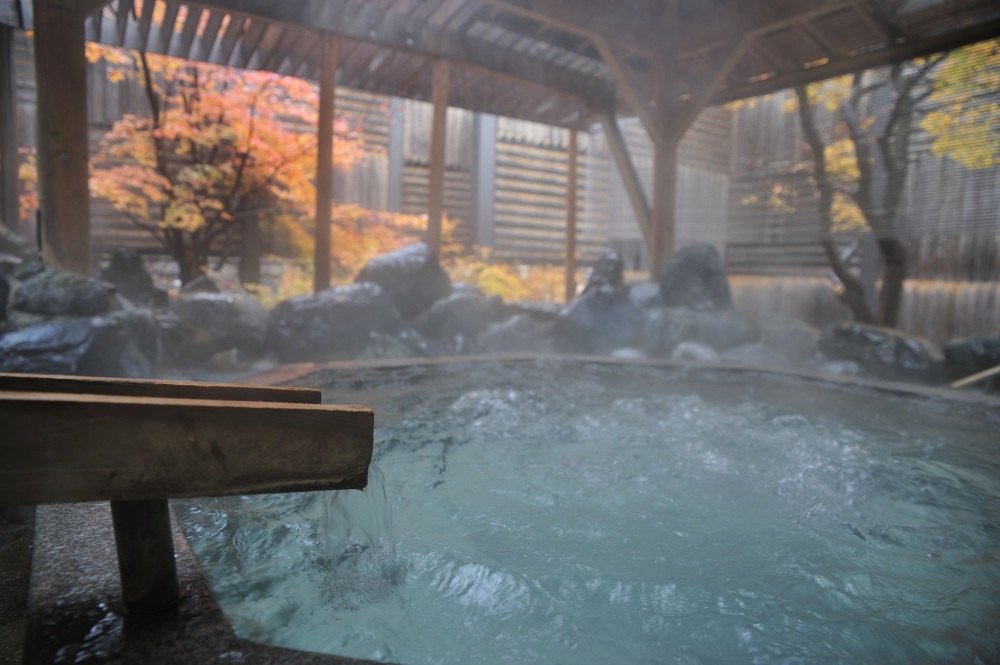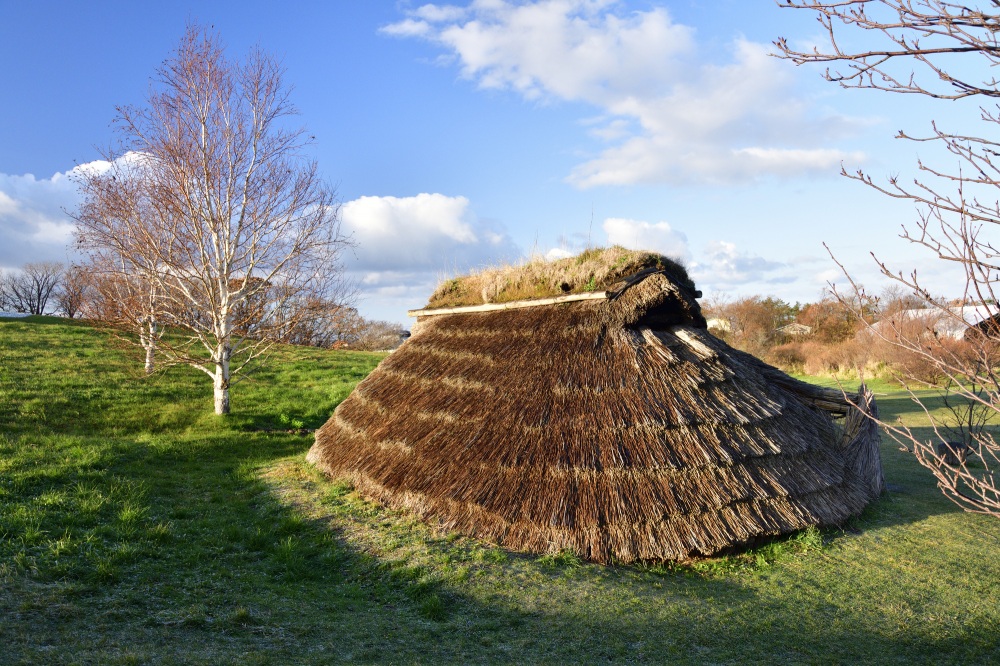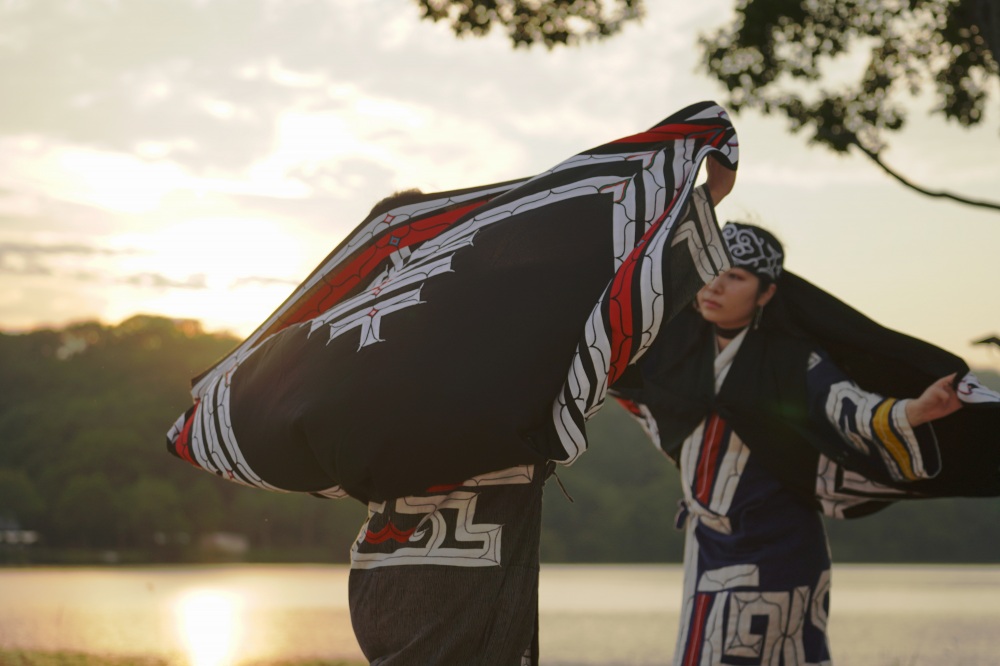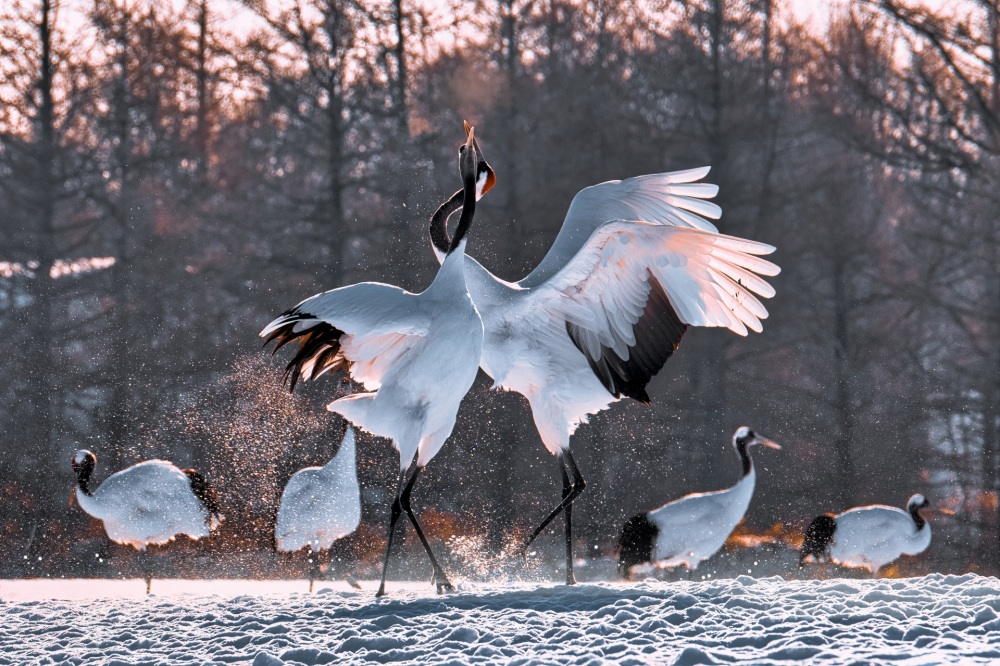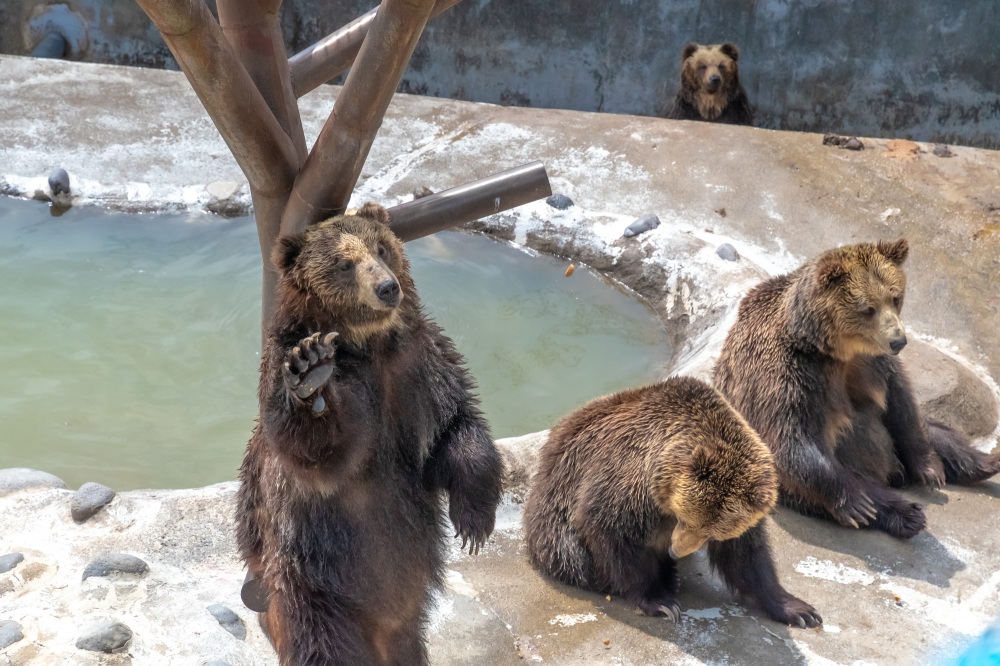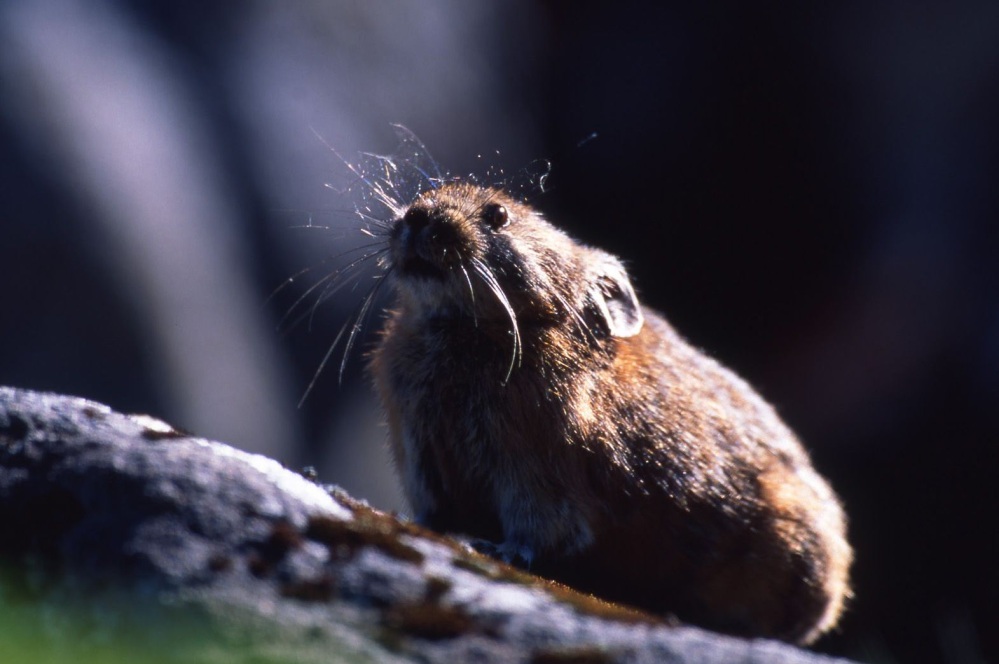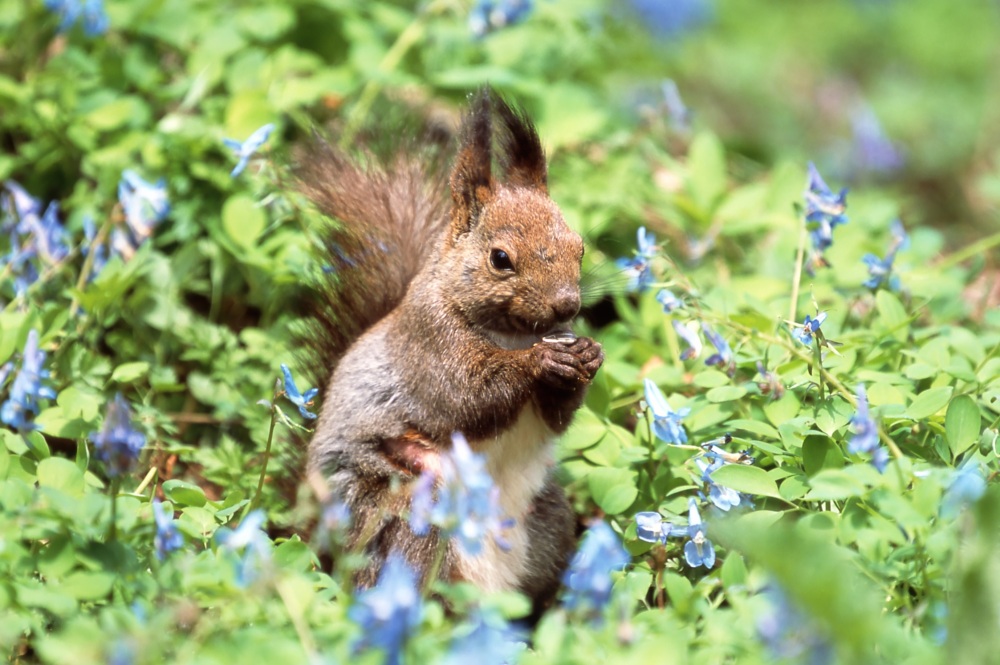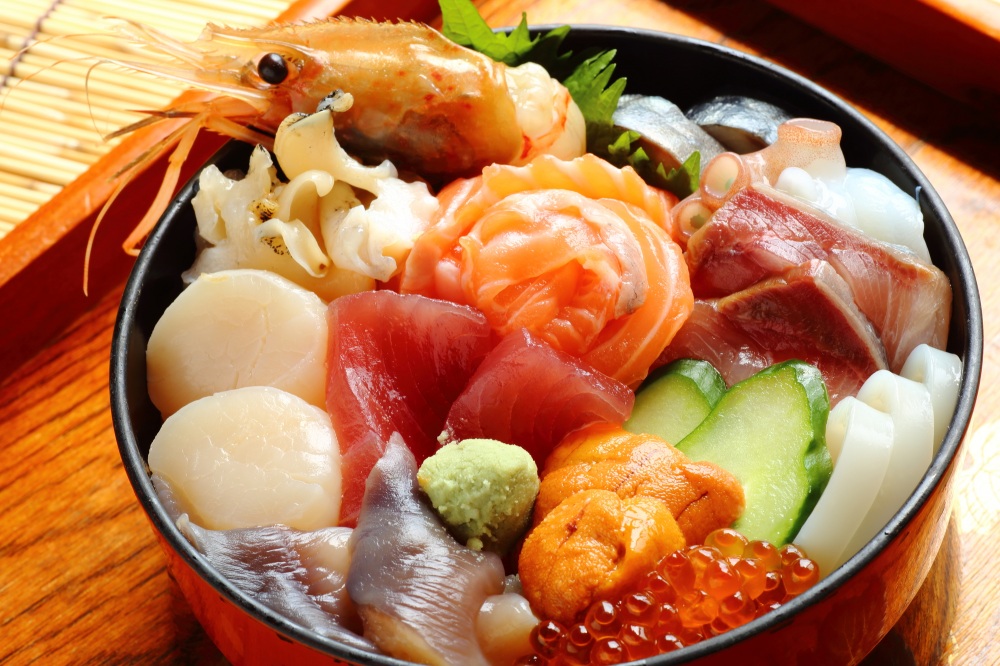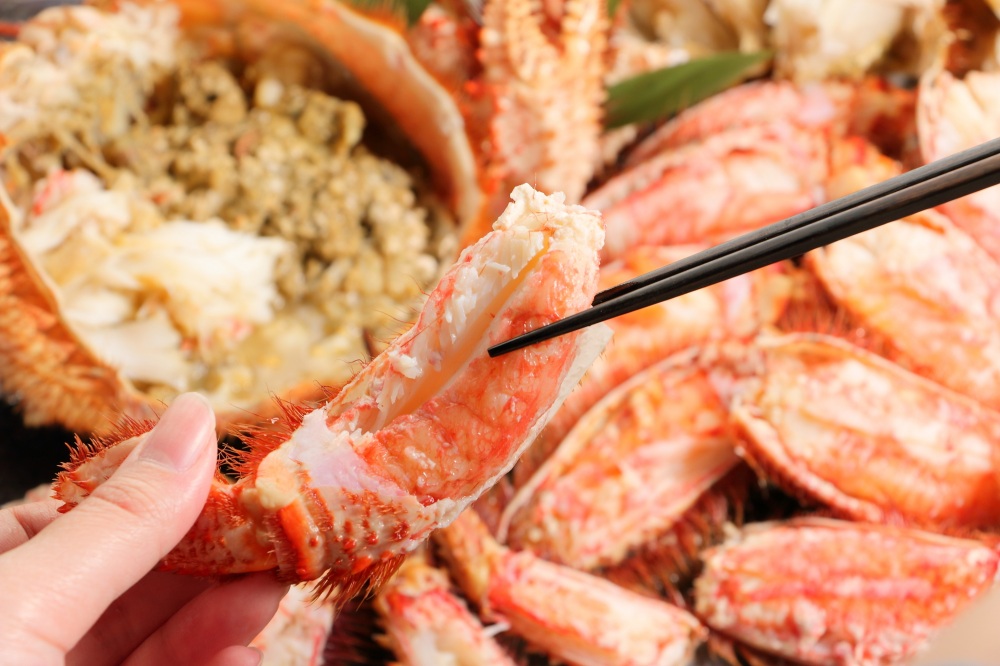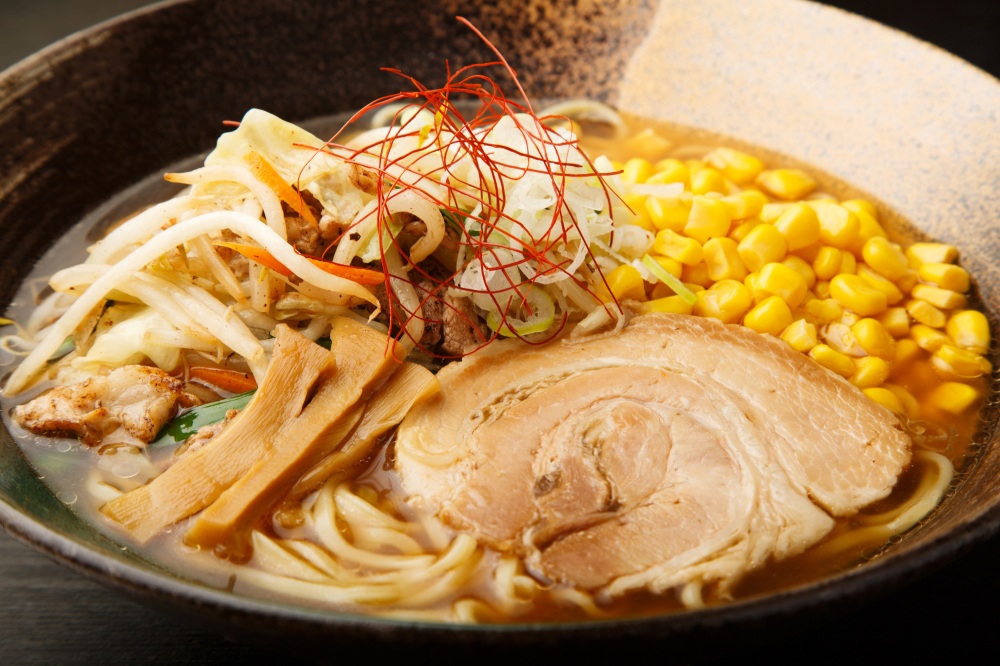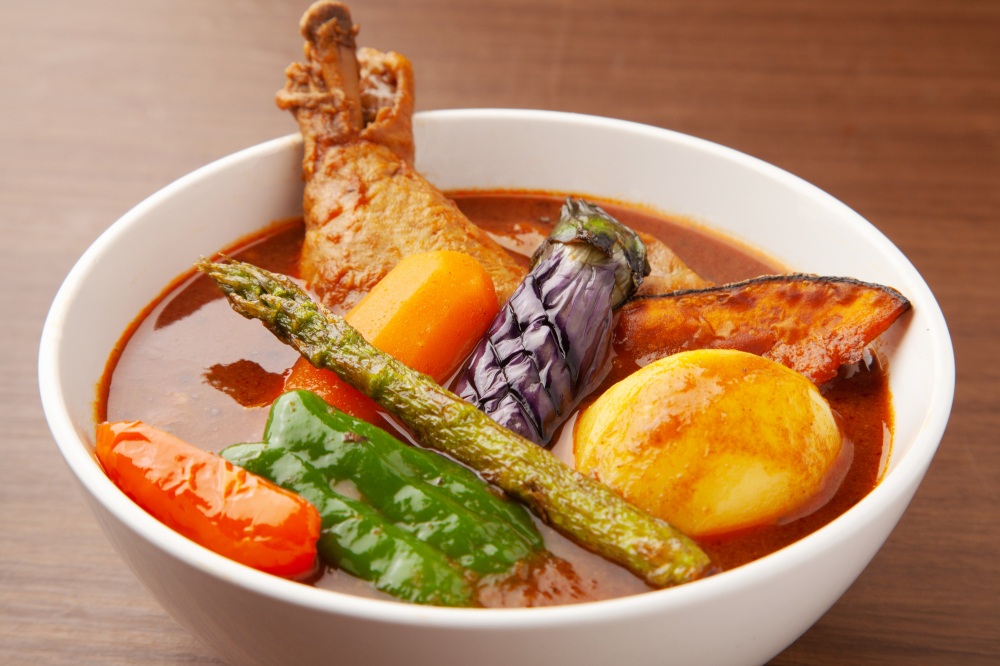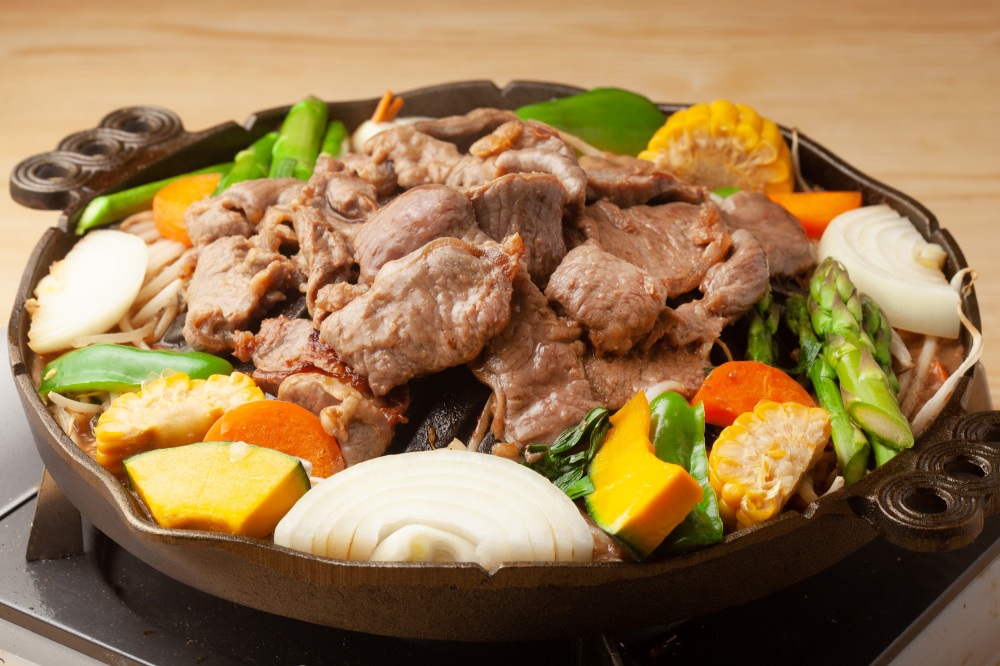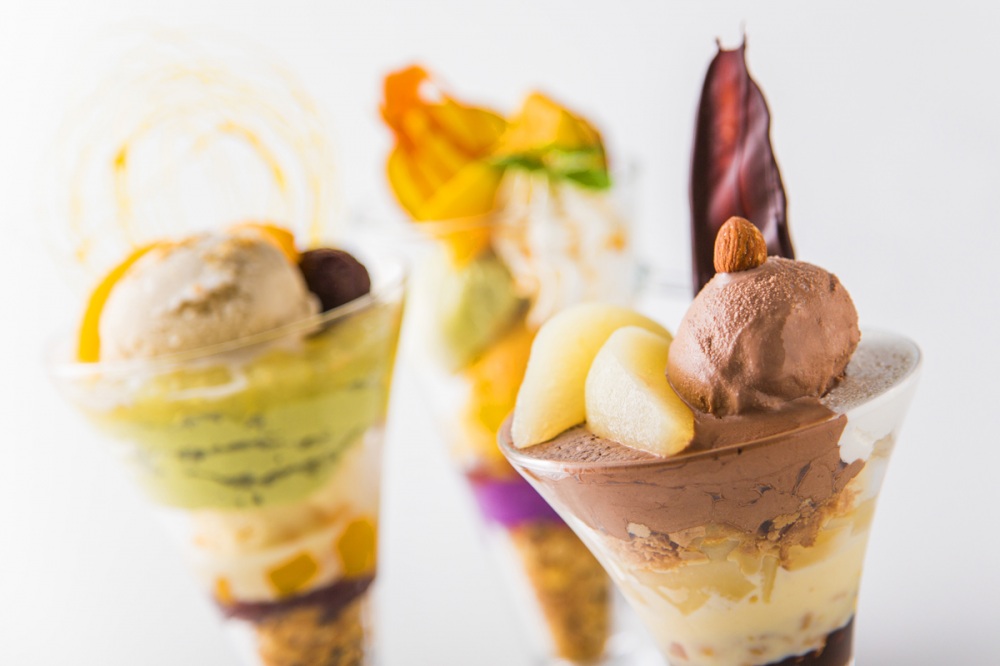First time in Hokkaido! Introducing a wide array of charming spots
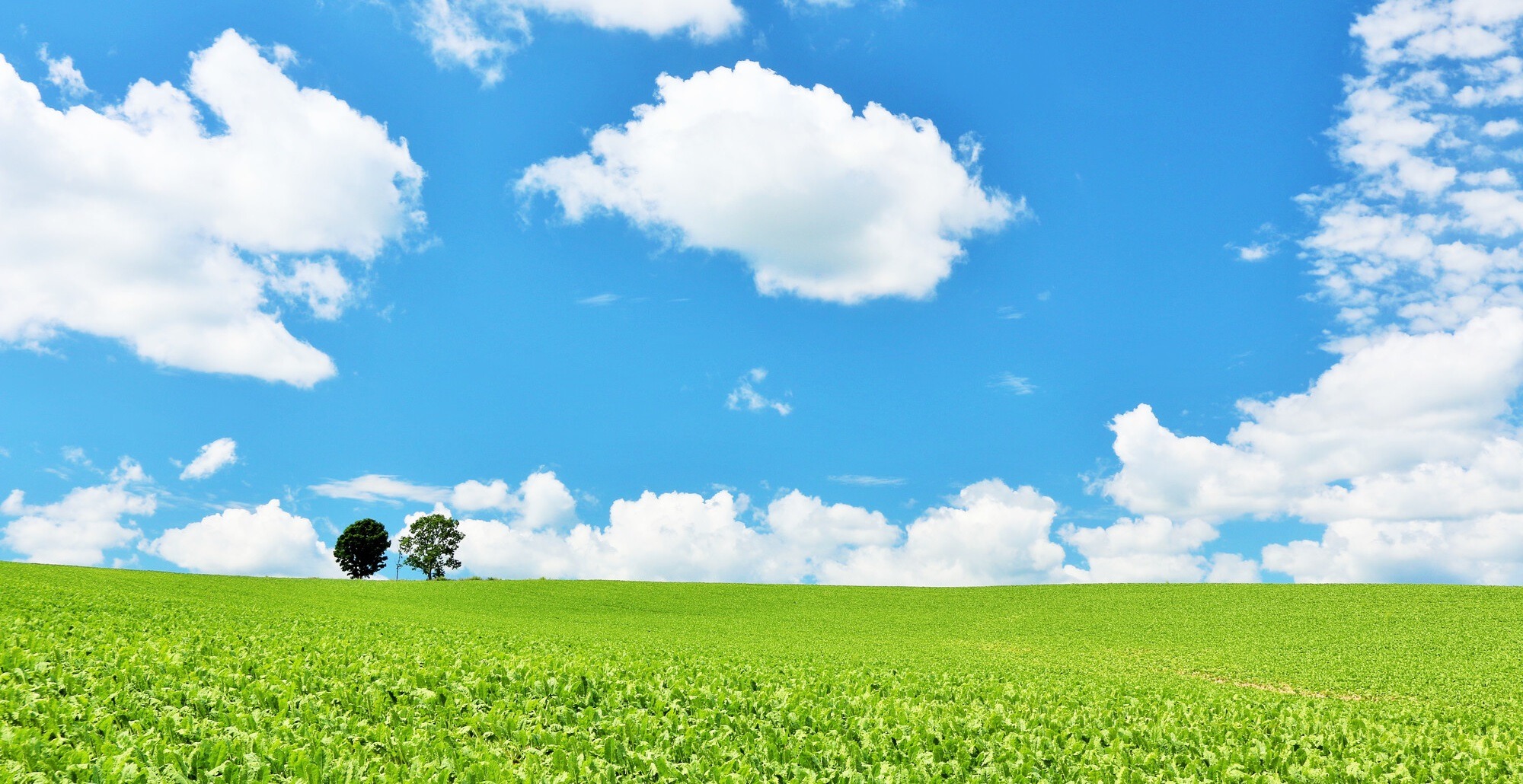
Hokkaido is the northernmost island of Japan. It has a sweeping expanse of land that offers completely different attractions depending on the season and area. This section features a wide array of spots that you can enjoy in Hokkaido, such as landscapes rich in natural beauty, the animals that you can encounter in such nature, and seasonal attractions. You will definitely find a place that you want to go after reading this.
- * Please note that the text shown on this page includes machine translations.
Welcome to the northern lands of Hokkaido
Hokkaido has a vast expanse of land that makes up over 20% of Japan's total land area. It is a popular destination even among domestic tourists, offering many attractions including beautiful untouched nature, rich gourmet delights, and abundant hot springs. It is also marked by the distinct changes between seasons, making it possible to enjoy different landscapes and a wide variety of activities every season.
Spring arrives late in Hokkaido, with cherry blossoms typically reaching their peak from late April to early May. This is followed by a season of dazzling fresh greenery. At the same time, colorful flowers begin to bloom in the extensive fields from June to August, transforming them into a carpet of vibrant flowers spreading out across the land. The leaves in the trees begin to turn red from as early as the end of September in some places, and one begins to sense the onset of winter in Hokkaido as the air turns brisk and chilly. Winter tourism is equally attractive with unique winter experiences such as the major winter event, the Sapporo Snow Festival, held in February every year, and drift ice sightseeing in the Eastern Hokkaido area.
Hokkaido is broadly divided into four regions. These are the Central Hokkaido area centered around Sapporo, the Northern Hokkaido area renowned for the lavender fields of Furano and the northernmost point of Japan in Wakkanai, the Southern Hokkaido area with the famous night views from Mt. Hakodate, and the Eastern Hokkaido area where one can bask in the magic of majestic nature.
Each area has its own distinct features and there are attractive spots dotted all around, but Hokkaido is so vast that seeing it in its entirety would require more than two weeks. It is important to plan your trip for efficient travels. Start by picking out the spots that you must visit, then explore the surrounding tourist destinations. You can enjoy your trip fully with a well thought-out plan.
The best season for sightseeing in Hokkaido! Recommended spots for summer
Colorful, photogenic views spread before your eyes
Summers in Hokkaido are dry and very refreshing. It is a season for reveling in the contrast between the vibrant colors of fields of flowers and bright greenery against the backdrop of blue skies.
- Lavender fields
- Lavender fields are a representative view of Hokkaido in the summer. In addition to the world-renowned Farm Tomita (in Nakafurano Town), you can enjoy scenic views of lavender and other beautifully colored flowers covering broad expanses of land, mainly in the Furano area.
Flowers start blooming as early as late June, and reach their peak around mid-July. 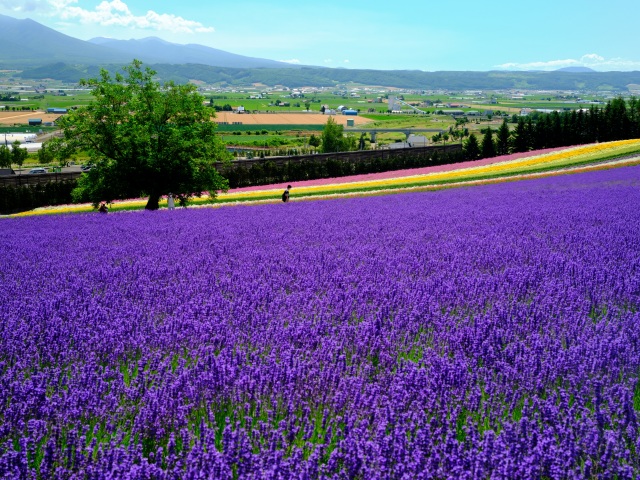
- Click here for the feature page on lavender (Japanese site)
- [Northern Hokkaido] Hills of Biei/Shirogane Blue Pond (Biei Town)
- The route between Furano and Biei is a popular one known for its dreamy pastoral scenery. Admire tranquil landscapes of flower fields and pastures spread across gently-sloping hills. The Shirogane Blue Pond, often photographed for calendars and posters, is a popular spot known for its magical views of translucent blue waters and standing withered Japanese larch trees. The early summer mornings of summer tend to be windless, sunny, and dry, and the combination of these factors creates the most beautiful blue views of the year.
![[Northern Hokkaido] Hills of Biei/Shirogane Blue Pond (Biei Town)](/lsc/upfile/individual/0000/0184/184_1_m.jpg)
- View more
- [Northern Hokkaido/Eastern Hokkaido] Hokkaido Garden Path (Daisetsu ~ Asahikawa ~ Furano ~ Obihiro/Tokachi)
- The Hokkaido Garden Path extends for approximately 250 km, connecting eight representative gardens of Hokkaido. At each garden, visitors can enjoy distinctive features that make the most of the climate and terrain. The artistic gardens coexisting harmoniously with Hokkaido's magnificent nature are certainly worth a visit. This is a popular tourist route that offers enjoyable activities and culinary delights, alongside spectacular views of nature.
![[Northern Hokkaido/Eastern Hokkaido] Hokkaido Garden Path (Daisetsu ~ Asahikawa ~ Furano ~ Obihiro/Tokachi)](/lsc/upfile/individual/0000/0185/185_1_m.jpg)
- Official website of the Hokkaido Garden Path
- [Central Hokkaido] Sapporo Hitsujigaoka Observation Hill (Sapporo City)
- A tourist spot about a 30 minutes' drive from the heart of Sapporo city. It features an observatory with a statue of Dr. William S. Clark, a key figure in Hokkaido's development who was well-known for the quote, "Boys, be ambitious!" From here, you can observe sheep grazing in the vast grasslands. From mid to late July, the lavender flowers are in full bloom.
![[Central Hokkaido] Sapporo Hitsujigaoka Observation Hill (Sapporo City)](/lsc/upfile/individual/0000/0186/186_1_m.jpg)
- View more
Experience summer in the great outdoors and interact with living things
Summer, with its pleasant temperatures and sunny days, is the best time for venturing outdoors into nature. It offers blue skies, white clouds, and mountain ridges in the distance, as well as the cobalt blue sea glistening in the sun, and the bountiful seafood nurtured within it. It is a season when many plants grow vibrant and fresh, and living creatures are active.
- [Northern Hokkaido] Rishiri Island, Rebun Island
- Rishiri Island is home to Mt. Rishiri, also known as "Ezo Fuji." Rebun Island is known as the floating island of flowers, where visitors can admire alpine plants. The best season for visiting both islands is from spring to summer. The seafood from the two islands is exquisite! Sea urchins are particularly delicious, having grown by feeding on Rishiri kombu (kelp), a premium ingredient harvested from the adjoining seas.
![[Northern Hokkaido] Rishiri Island, Rebun Island](/lsc/upfile/individual/0000/0187/187_1_m.jpg)
- [Central Hokkaido] Shakotan Peninsula
- The Shakotan Peninsula has a vast expanse of blue seas described as "Shakotan Blue." Near the coast, the water is shallow and so clear it offers views of the rocky seabed, coloring it in hues of emerald green. Cape Kamui juts out into the sea on the northwestern part of Shakotan Peninsula. It is a beautiful spot that offers a striking contrast between the blue seas and the green land. Sea urchin fishing is permitted from June to August, so many visitors flock here during this season in search of fresh sea urchins.
![[Central Hokkaido] Shakotan Peninsula](/lsc/upfile/individual/0000/0188/188_1_m.jpg)
- [Northern Hokkaido] Unkai Terrace, Hoshino Resorts TOMAMU (Shimukappu Village)
- A resort facility erected at an altitude of 1,088 m. It is possible to see a sea of clouds here under certain conditions. The sight of thick clouds weaving through the mountains like waves is truly spectacular. There is a cafe on the summit where you can enjoy drinks and sweets designed with cloud motifs.
![[Northern Hokkaido] Unkai Terrace, Hoshino Resorts TOMAMU (Shimukappu Village)](/lsc/upfile/individual/0000/0189/189_1_m.jpg)
- View more
- [Northern Hokkaido] Asahiyama Zoo (Asahikawa City)
- Asahiyama Zoo is characterized by its display style that allows visitors to observe animals in their natural state. Many tourists come from all parts of Japan specifically to visit this zoo. See lively and energetic polar bears as well as penguins swimming freely in the water, and come up close and personal with various other adorable animals.
![[Northern Hokkaido] Asahiyama Zoo (Asahikawa City)](/lsc/upfile/individual/0000/0190/190_1_m.jpg)
- View more
Romantic cityscapes in the night
As night falls, the cityscape undergoes a transformation. The port town, illuminated by soft streetlights, exudes a nostalgic air. Looking down from the hill, one can see a beautiful and romantic night view.
This section features sightseeing spots that are perfect for such summer nights. In Hokkaido, the temperature dips at night even in summer, so remember to bring a jacket with you to stay warm.
- [Southern Hokkaido] Mt. Hakodate (Hakodate City)
- The fan-shaped terrain that seems to be floating on the pitch-black sea, is a distinctive feature of Hakodate's night view and one of the iconic sights among Hokkaido's attractions. Take the ropeway to the summit of Mt. Hakodate. If you make it to the observatory before sunset, you will see the city lights of Hakodate come on gradually and frame the coastline. Before you know it, you will experience a breathtaking moment as beautiful night views appear before your eyes.
![[Southern Hokkaido] Mt. Hakodate (Hakodate City)](/lsc/upfile/individual/0000/0191/191_1_m.jpg)
- View more
- [Central Hokkaido] Otaru Canal (Otaru City)
- Otaru Canal is a popular spot for enjoying iconic views of Otaru, a historic port town. Traditional stone warehouses line the canal, and a promenade paved with cobblestones has been built along the waterway. When night falls, 63 gas lamps are lit, enveloping the canal in a soft, gentle glow. You can also take a ride on the popular boats to enjoy the nostalgic atmosphere from the water. In addition to the 40-minute day cruise, we also recommend the night cruise for a romantic "stroll" on the water.
![[Central Hokkaido] Otaru Canal (Otaru City)](/lsc/upfile/individual/0000/0192/192_1_m.jpg)
- View more
Spots with spectacular seasonal views
In spring, cherry blossoms add a pretty pink to the scenery; in autumn, the mountains are covered with red foliage; in winter, a snowy landscape spreads as far as the eye can see. The seasonal views of Hokkaido are impressive and on a scale that far exceeds our imagination. The charm of Hokkaido also lies in being able to enjoy different views in each season, even in the same place.
- [Southern Hokkaido] Goryokaku Park (Hakodate City)
- Goryokaku Park, known for its star-shaped fort, is colored pink with cherry blossoms from late April to early May. Around 1,600 Somei Yoshino cherry trees bloom around the fort, creating an elegant scene with pink petals blanketing the water surface of the moat as the season comes to a close. By ascending the adjacent Goryokaku Tower, you can get a panoramic view of the entire pink, star-shaped cherry blossom display. A highly recommended event in winter is the "Hoshi no Yume" when the moat of Goryokaku Park is illuminated to create a beautiful, floating star-shaped design.
![[Southern Hokkaido] Goryokaku Park (Hakodate City)](/lsc/upfile/individual/0000/0193/193_1_m.jpg)
- View more
- [Eastern Hokkaido/Central Hokkaido] Moss phlox (Takinoue Town, Higashimokoto Town, Kutchan Town)
- Colorful moss phlox, including pink and white varieties, spreads out and carpets the ground for about a month from mid-May to early June. Japan's largest moss phlox communities can be found at Shibazakura Takinoue Park and Higashimokoto Shibazakura Park. You can also admire the wondrous beauty of moss phlox at Misima Shibazakura Garden, where pink moss phlox covers the ground against the backdrop of Mt. Yotei.
![[Eastern Hokkaido/Central Hokkaido] Moss phlox (Takinoue Town, Higashimokoto Town, Kutchan Town)](/lsc/upfile/individual/0000/0194/194_1_m.jpg)
- Click here for a special feature on flower fields in spring (Japanese site)
- [Eastern Hokkaido] Red foliage at Mikuni Pass (Kamishihoro Town)
- This is a driving spot with spectacular views of Matsumi Ohashi Bridge from the top of the mountain pass, that seem to come straight out of a car commercial. Particularly in late September, the colorful hues of the primeval forest with its autumn foliage make a stunning contrast with the red bridge. You can enjoy the panoramic views of a sea of colored trees and majestic mountains from the observatory at the peak.
![[Eastern Hokkaido] Red foliage at Mikuni Pass (Kamishihoro Town)](/lsc/upfile/individual/0000/0195/195_1_m.jpg)
- View more
- [Eastern Hokkaido] Coral grass in Lake Notoro (Abashiri City)
A coral grass community can be found around Lake Notoro, located within Abashiri Quasi-National Park. The entire area turns bright red from September to early October. Wooden promenades have been set up to allow for close observation. As there are no mountains in the surrounding area, the sky is reflected directly onto the lake, creating a beautiful contrast between the red and the blue.![[Eastern Hokkaido] Coral grass in Lake Notoro (Abashiri City)](/lsc/upfile/individual/0000/0196/196_1_m.jpg)
- View more
- [Eastern Hokkaido] Drift ice
- The drift ice that comes down southward from the Siberian continent is a natural phenomenon that can only be observed in limited areas around the world. In Japan, it can be only be sighted along the coast of the Sea of Okhotsk in Hokkaido. You will most definitely be amazed when you first see the size of the drift ice that travels over a distance of about 1,000 kilometers. A cruise on an icebreaker ship is a thrilling experience of crushing the ice while moving across the water. We also recommend activities that let you experience the drift ice up close, such as wearing special suits to walk or play on the drift ice.
![[Eastern Hokkaido] Drift ice](/lsc/upfile/individual/0000/0198/198_1_m.jpg)
- Click here for the feature page on drift ice (Japanese site)
- [Eastern Hokkaido] Lake Shikaribetsu Kotan (Shikaoi Town)
- Enjoy a world of snow and ice at Lake Shikaribetsu Kotan. It is a village that appears on the frozen surface of Lake Shikaribetsu during the bitterly cold winter season as a popular winter event held from mid-January to March. There are several ice domes on the lake made entirely of ice and snow carved out from the lake, where you can enjoy drinks in glasses made of ice at the "Ice Bar," experience the unique interaction between light and ice in the "Ice Chapel," and even have a soak in a hot spring bath in the ice at the "Open-air Bath on Ice." It is an extraordinary world that you can only experience here.
![[Eastern Hokkaido] Lake Shikaribetsu Kotan (Shikaoi Town)](/lsc/upfile/individual/0000/0197/197_1_m.jpg)
- Click here for the feature page on Lake Shikaribetsu Kotan(Japanese site)
The overwhelming scale of nature
Hokkaido is blessed with untouched nature, and boasts many of Japan's best natural wonders, including some of the rare natural UNESCO World Heritage Sites in Japan. Its attractions include distinctive landscapes created by topographic and climate conditions, and remarkable world-class views. Enjoy the majestic natural surroundings and seasonal views to the fullest while embracing the power of nature.
- [Eastern Hokkaido] Shiretoko (Shari Town, Rausu Town)
- Shiretoko is a natural UNESCO World Heritage Site where a peninsula with sheer cliffs and precipices jut out into the Sea of Okhotsk. It is a place where you can encounter rich nature and wildlife. In addition to the mystical Shiretoko Five Lakes and the powerful Oshinkoshin Waterfall, you can see a diverse range of wildlife such as orcas, whales, and dolphins in the narrow waters off the coasts of Rausu. How about experiencing the untouched great outdoors unique to Shiretoko by taking a sightseeing boat or participating in activities?
![[Eastern Hokkaido] Shiretoko (Shari Town, Rausu Town)](/lsc/upfile/individual/0000/0200/200_1_m.jpg)
- View more
- [Eastern Hokkaido] Lake Mashu (Teshikaga Town)
- The waters of Lake Mashu are among the clearest in the world, and the distinctive shade of blue that characterizes the lake is known as "Mashu Blue." Surrounded by sheer cliffs that are about 300 to 400 meters high, this lake boasts an astonishing degree of translucence. Looking down from the observation deck, you can see mountains and clouds reflected on the surface of the lake, creating a mystical atmosphere. We recommend visiting all three observation decks to enjoy different views from each one.
![[Eastern Hokkaido] Lake Mashu (Teshikaga Town)](/lsc/upfile/individual/0000/0201/201_1_m.jpg)
- View more
- [Eastern Hokkaido] Lake Kussharo (Teshikaga Town)
- Lake Kussharo is Japan's largest caldera lake. The entire area has been designated as a national park, and the vast lake is surrounded by rich nature. From Bihoro Pass located at an altitude of 525 m, you can enjoy panoramic views centered around Lake Kussharo, making it one of Hokkaido's representative observatory spots. Under the right weather conditions, you may be able to see a sea of clouds in the early morning, which is truly a breathtaking sight.
![[Eastern Hokkaido] Lake Kussharo (Teshikaga Town)](/lsc/upfile/individual/0000/0202/202_1_m.jpg)
- View more
- [Northern Hokkaido] Daisetsuzan National Park
- This is Japan's largest national park with a range of mountains reaching over 2,000 m high. In September, the earliest autumn foliage in Japan start appearing on the highest peaks in Hokkaido such as Asahidake and Kurodake. Daisetsuzan National Park is a treasure trove of alpine plants and rare animals that are hardly ever seen outside of Hokkaido. There are also several hot springs at the base of the mountain range, so you can also make a day trip to soak in the hot springs.
![[Northern Hokkaido] Daisetsuzan National Park](/lsc/upfile/individual/0000/0203/203_1_m.jpg)
- [Eastern Hokkaido] Kushiroshitsugen National Park
- Kushiroshitsugen National Park is the site of Japan's largest wetland. It is a habitat for many precious wild animals, including the Special Natural Monuments of the Japanese crane and white-tailed sea eagle. There is a wide range of outdoor activities available throughout the year, such as canoeing and trekking. From the observation decks dotted around the park, you can enjoy panoramic views of the expansive landscape below.
You can also admire the scenery of the wetland from the windows on board the limited-time tourist trains, the Kushiro Shitsugen Norokko train and the SL fuyu-no-Shitsugen train. ![[Eastern Hokkaido] Kushiroshitsugen National Park](/lsc/upfile/individual/0000/0204/204_1_m.jpg)
- View more
Partake in activities to get more out of Hokkaido's natural environment!
From spring to autumn, you can enjoy outdoor activities such as canoeing and kayaking in the vast wetlands and lakes, as well as camping under the starry skies. Another great activity is mountain climbing and hiking in mountains that have been designated among the 100 famous mountains of Japan. These can be tailored to suit your level, regardless of whether you are a beginner or advanced climber.
There are plenty of activities to choose from even in the bitter cold of winter. Skiing and snowboarding on the finest powdery snow are highly popular activities! You can also enjoy special experiences such as walking on drift ice or gliding over the snow on a dog sled.'
Warm your body in a hot spring
Hokkaido has numerous active volcanoes, giving it one of the largest number of hot spring resorts in Japan. These resorts are characterized by the abundant variety of spring qualities, water volumes, and magnificent views of nature that vary with the seasons. From historic hot spring resorts to hidden baths, you can enjoy a wide variety of hot springs. We recommend choosing accommodations with on-site hot spring baths.
Learn about the history and culture of Hokkaido
The full-scale development of Hokkaido began about 150 years ago. From there, it moved rapidly toward modernization, giving rise to the development of its unique history and culture.
The indigenous people of Hokkaido, the Ainu, have developed their own culture, elements of which include the Ainu language, a "spiritual culture" rooted in the belief that souls inhabit everything, as well as traditional dances. Facilities such as Upopoy (National Ainu Museum and Park), Lake Akan Ainu Kotan, and the Nibutani Ainu Culture Museum, serve as centers for the revitalization and development of Ainu culture and offer opportunities to experience it through traditional Ainu settlements and exhibits.
Encounter animals that are unique to Hokkaido
Many animals that are unique to Hokkaido live amongst its vast natural environment. Whether or not you get to meet these wild animals depends on the season and your luck, but there are some facilities where you can get to observe and interact with them.
The Japanese crane, designated as a Special Natural Monument, is a winter spectacle in Eastern Hokkaido. It can be spotted in wetland areas such as Kushiroshitsugen and along the Tokachi River, as well as in the Okhotsk region. From spring to summer, they predominantly inhabit the wetlands to breed and raise their young. From autumn to winter, close to 300 wild cranes visit the Tsurui-Ito Tancho Sanctuary, Tsurumidai, and the Akan International Crane Center, where you can observe their elegant and beautiful statures as they perform their courtship dances or take flight powerfully yet gracefully from the snowy fields. They are also bred at the Kushiro City Red-crowned Crane Natural Park, where visitors can observe them throughout the year.
While it can be terrifying the encounter a brown bear in the wild, you can try feeding them at the Noboribetsu Bear Park. You may be surprised at how adorable they can look as they attempt to use their large bodies to endear themselves to you in a bid to get fed. The Bear Mountain in Tokachi is another popular attraction that offers opportunities to observe bears in a home that is similar to their natural habitat.
Other zoos and animal parks across Hokkaido also provide opportunities to see unique Hokkaido animals like the Ezo deer, so be sure to take the chance to interact with these animals.
Savor a wide range of gourmet delights
Gourmet food is one of the pleasures of traveling. Hokkaido is blessed with nature, so there are endless choices when it comes to delicious food made with the best ingredients, such as fresh seafood, seasonal vegetables and fruits, and local specialties.
There is also a wide range of fresh seafood bowls and high quality seafood such as sea urchin and crab. Be sure to try the distinctive ramen noodles from each area.
Savor the colorful variety of gourmet delights that are rich in the blessings of nature.
Ranking of popular articles
- Hokkaido Summer Travel Guide
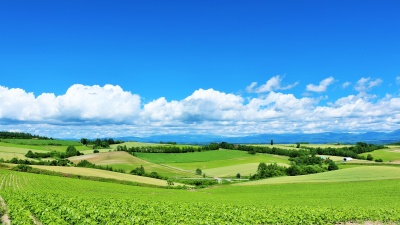
- https://www.visit-hokkaido.jp/en/feature/travelguide_summer
- Hokkaido Spring Travel Guide
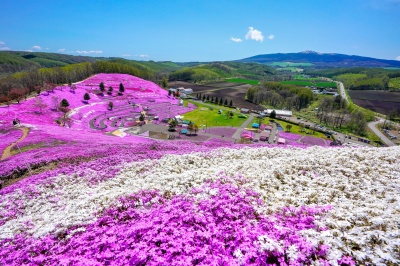
- https://www.visit-hokkaido.jp/en/feature/travelguide_spring
- Here are the recommended cherry blossom viewing spots!
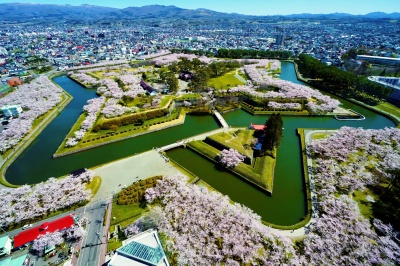
- https://www.visit-hokkaido.jp/en/feature/sakura
- 4 spots to observe red-crowned cranes
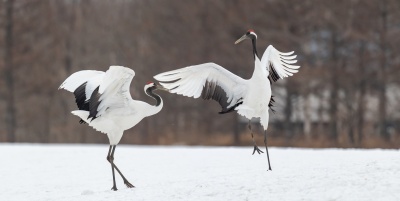
- https://www.visit-hokkaido.jp/en/feature/tancho
- When is the best time to see lavender? Recommended Lavender Spots in Hokkaido
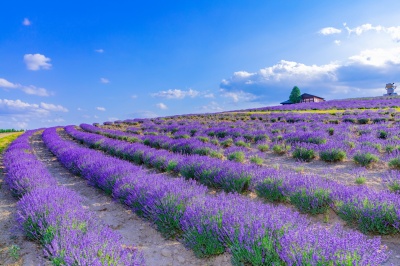
- https://www.visit-hokkaido.jp/en/feature/lavender
